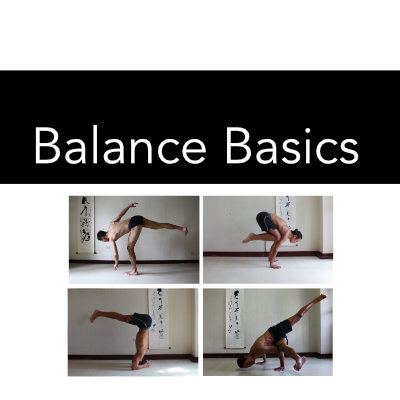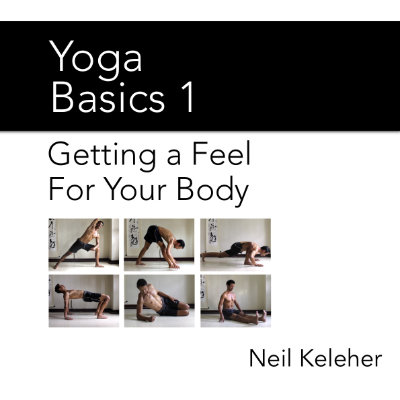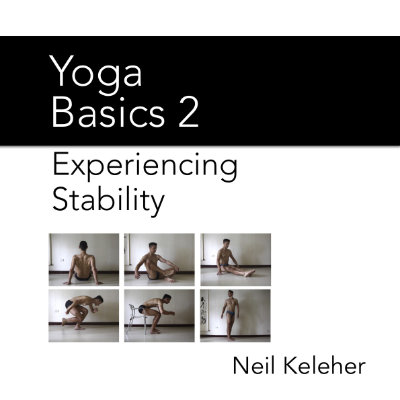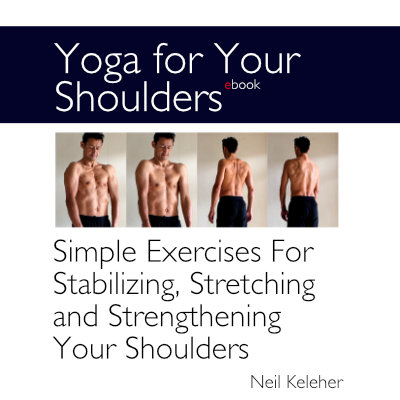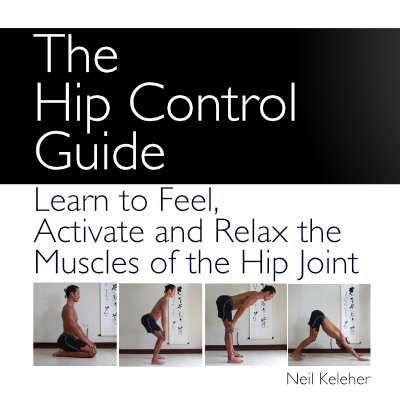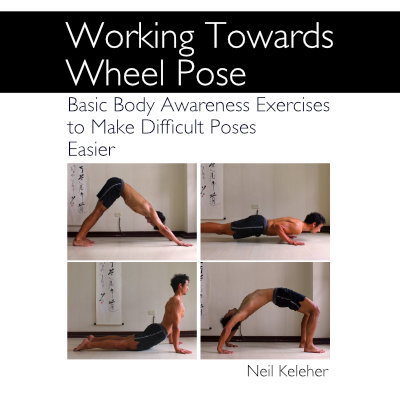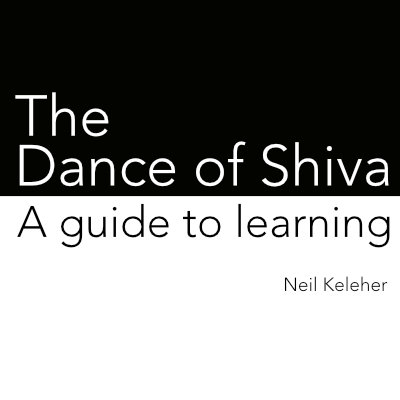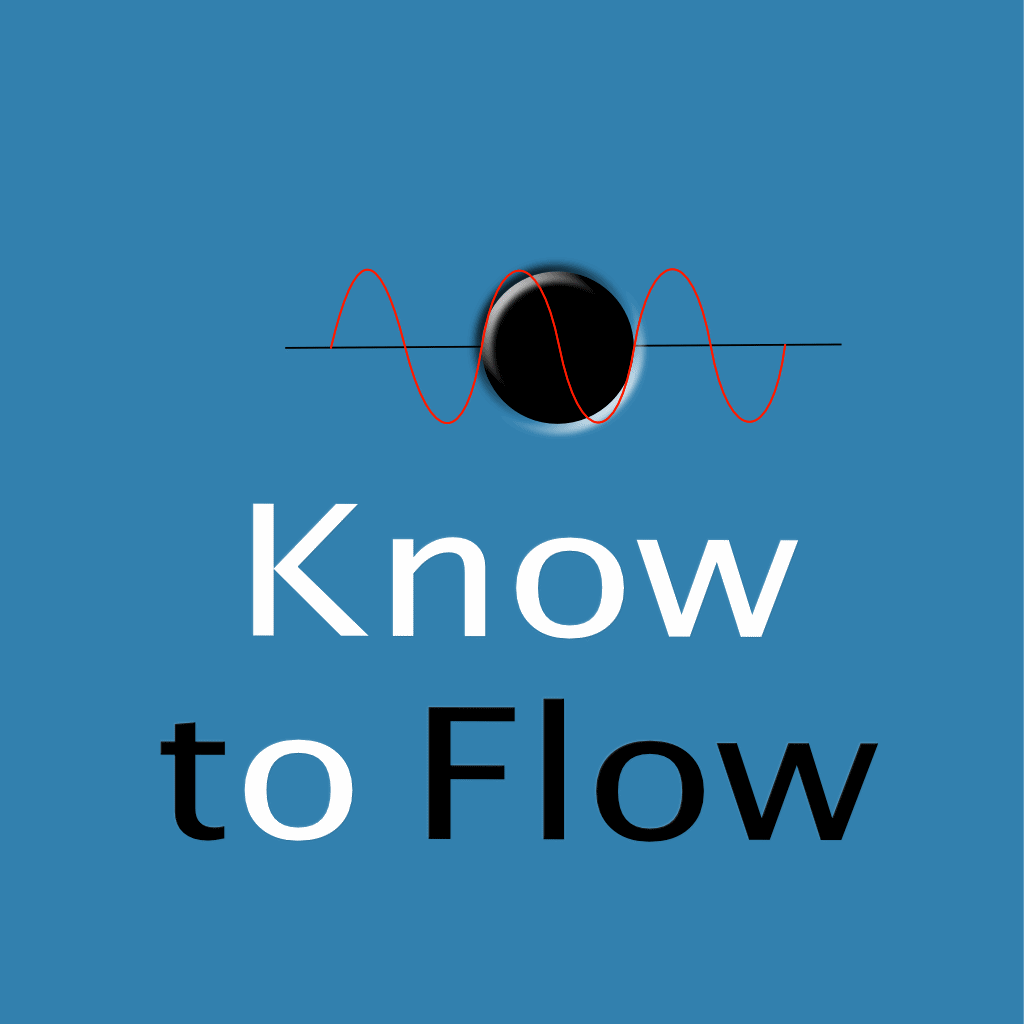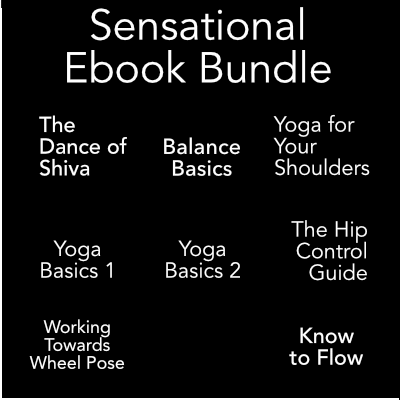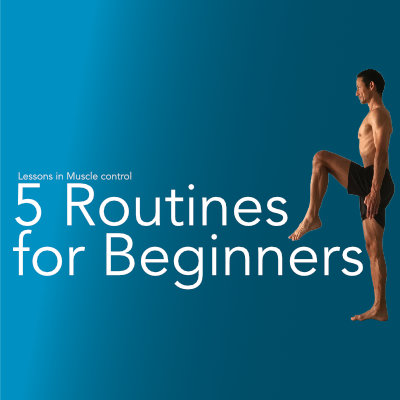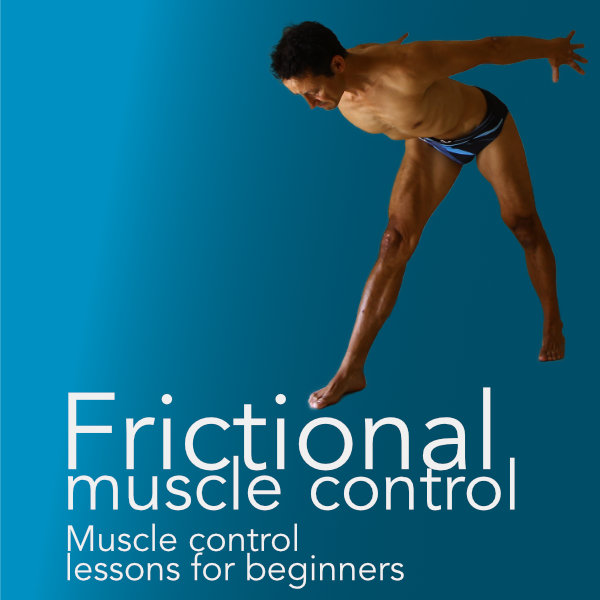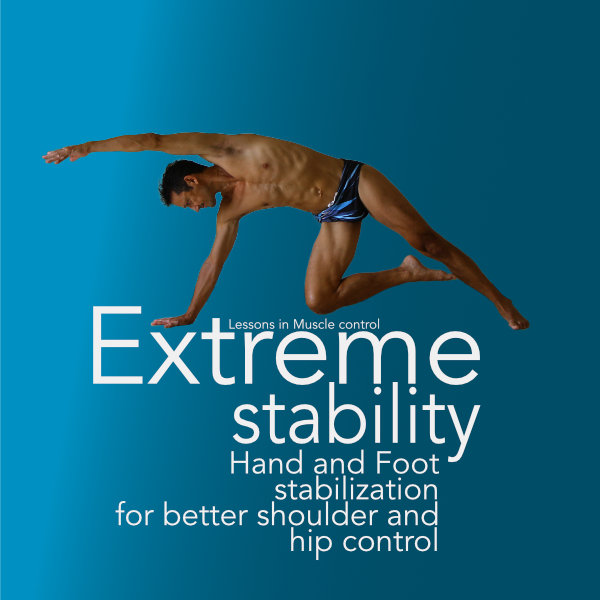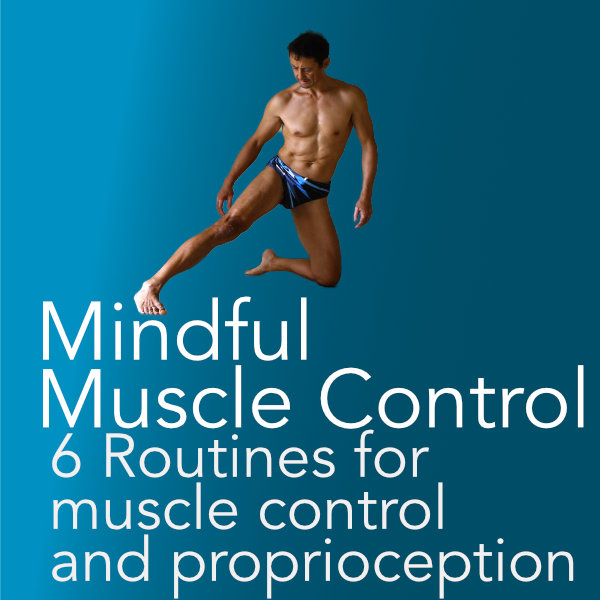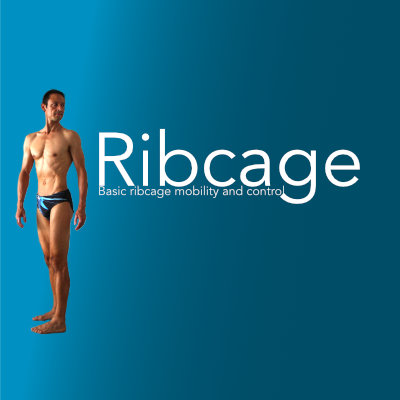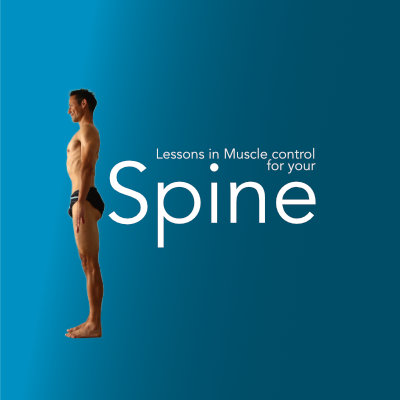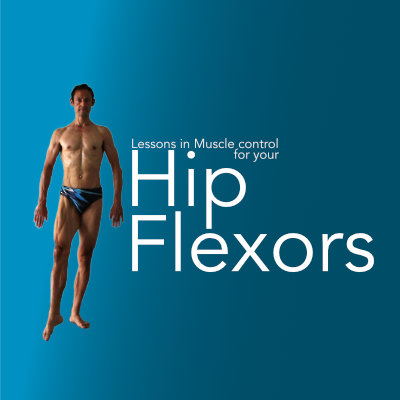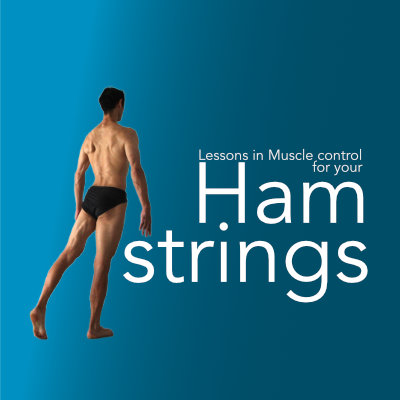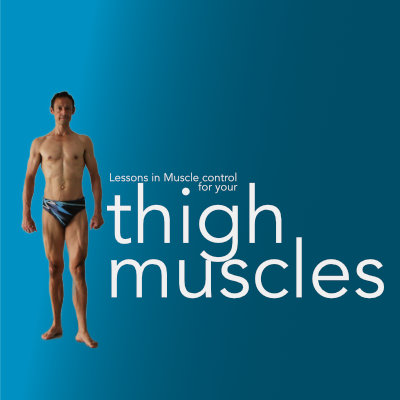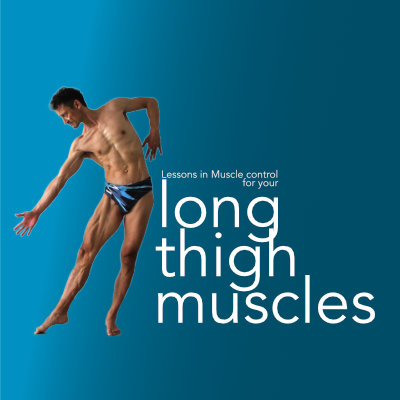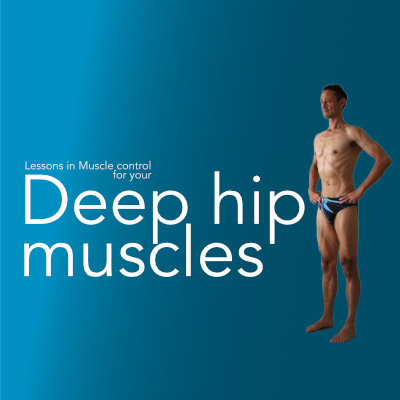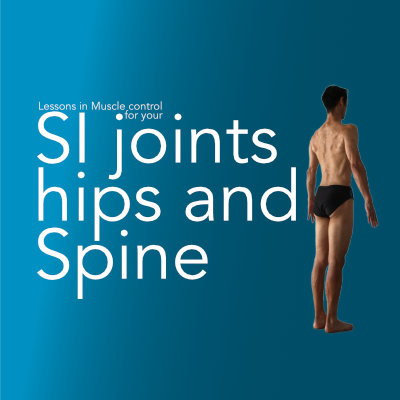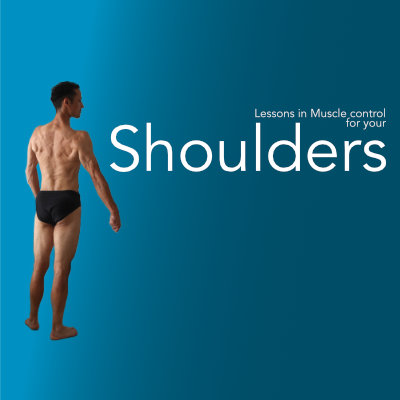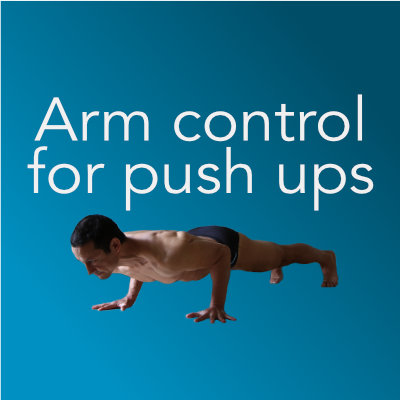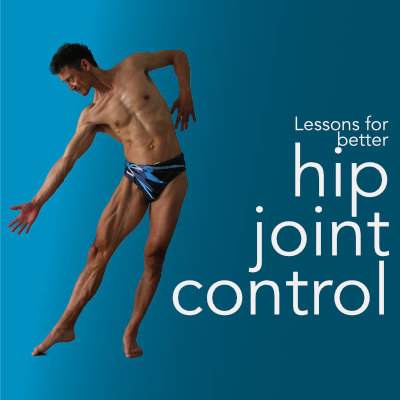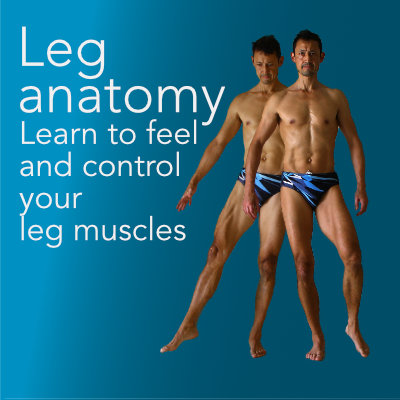A Sequence of Beginner Yoga Poses
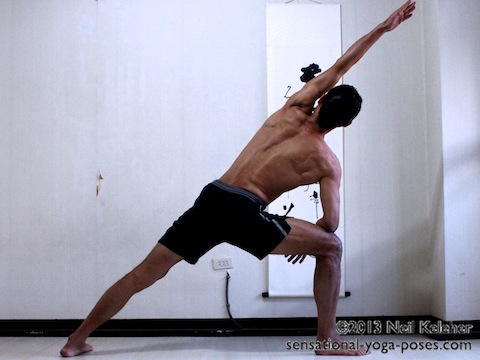
When I teach a beginners yoga class my main focus isn't flexibility or strength.
Instead the focus is on awareness and control, (in particular learning to be aware of and controlling the parts of the body and how they relate).
Once you develop the ability to feel and control your body within it's current limited range of movement you can then use that sensitivity and control to push back those limits.
- If you want to get more flexible you can use muscle control to help you get more flexible.
- If you want to get strongs you can use muscle control to help you get stronger.
- If you want to move
more smoothly,
(less clumsily) and with
greater coordination,
working on muscle control, along with overall body control and body awareness can help get you there.
Guiding Ideas for Better Body Awareness and Control
The guiding principles for better body awareness and control are
- practice moving slow and smooth and
- to direct your awareness.
Not sure how slow?
Take 5 seconds or more to move from the starting position of one movement to its ending position.
Don't worry about how fast or slow your breath is.
Don't worry about syncing movement and breath.
Instead, focus on moving slowly and smoothly.
As an example, for improving shoulder blade awareness you can practice squeezing your shoulder blades together (or moving your shoulders backwards) and then relaxing.
Take five seconds or more for both movements.
And focus on feeling the inner edge of your shoulder blades.
(You can also try the opposite movement: spreading the shoulder blades and then relaxing).
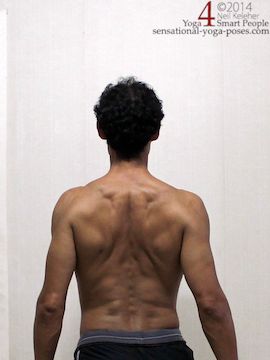
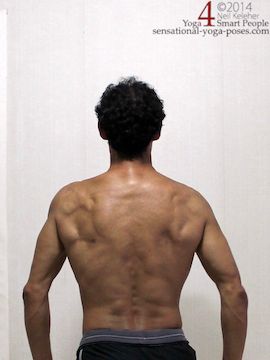
1. Shoulder Blades retracted. 2. Shoulder blades protracted (spread apart).
Practicing spinal backbending awareness?
Take five seconds or more to bend your thoracic spine backwards and/or lifting and opening your chest? Take five seconds or more.
Focus on feeling your thoracic spine or the fronts of your ribs, or switch your awareness between both.
Twisting your lumbar and thoracic spine (waist and ribcage) to the right, take five seconds or more whether you are using your hands to help the twist (bottom left or you are using your abs (bottom right).
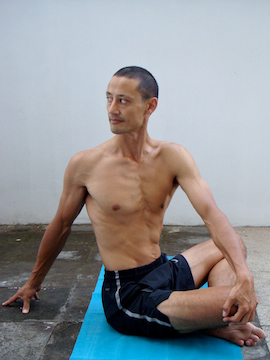
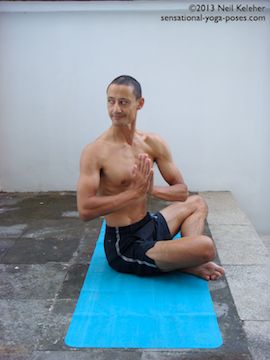
Beginner Yoga Poses:
1. Easy twist using the arms 2. Easy twist using the abs.
And rather than starting and ending movements abruptly, make the start and stop of each movement slow and gradual.
Imagine Trying to Avoid the Attention of a Lion
Imagine you are being stalked by a lion. And imagine (whether it is true or not) that sharp and sudden moves will catch the eye of the lion. Start and end all movements smoothly to avoid detection.
When I'm teaching and I have the use of mirrors, or peripheral vision, that's actually what I look for most, sharp movements that stand out. Spotting sudden or jerky movement I'll as that student to move slower or smoother.
However, if someone doesn't understand the movement itself, what it is that I am asking them to do, then I'll explain the movement again. Then once they get the movement, then I have them focus on slow and smooth.
Why?
Slow and Smooth Movement requires Stability and Control
Slow and smooth requires both stability and control.
In a standing forward bend like Triangle Forward Bending Yoga Pose (Parsvottansana) I might ask students to slowly lift their hands (without moving their upper body) then put their hands back on the ground.
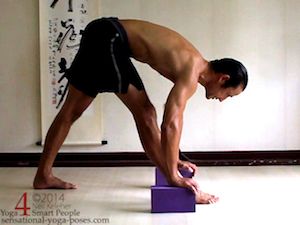
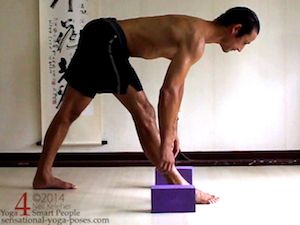
Beginners Yoga Poses: Practicing stabilizing the legs in triangle forward bend by slowly lifting the hands.
Generally with hands on the ground in a forward bend the normal tendency is to use the arms to help bear some of the weight of the ribcage. (Picture above left)
Lifting the arms requires the legs to stabilize so that the arms can be lifted. (Picture above right, hands lifted front leg stable).
Rather than suddenly lifting the hands off of the floor then putting them down, lifting the arms gradually then gradually setting them down again requires leg stability. It's difficult to cheat.
And with practice and directed focus you learn to feel your leg stabilizing prior to lifting the arms. You can even begin a smooth stabilization as you relax the arms so that the legs are fully stabilized just before you lift the arms.
At a beginning level there is nothing wrong with fully tensing the leg(s) first and then lifting the hands, but with increased body awareness and practice you can add tension to the legs as the arms are relaxed and then lifted.
Another reason for slow and smooth is that it can directly and indirectly affect the breath.
Some movements may involve just the arms or legs (feet, knees, hands or elbows) and so slow and smooth movements may indirectly "inspire" a slow and smooth breath. With a focus on moving the arms (or legs) slowly and smoothly, often slow and smooth breathing will come naturally.
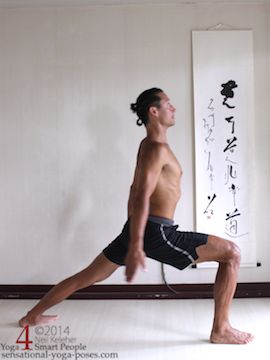
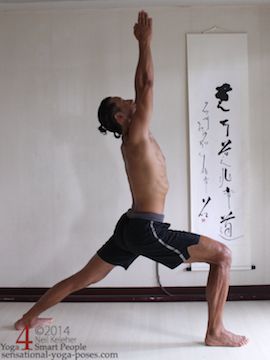
Actions for Beginner Yoga Pose:
Slowly lifting and lowering the arms in while pracicing Warrior 1.
As an example, you can lift and lower the arms while in the yoga pose called warrior 1. (Prior to that you could start with the front knee straight. Bend it slowly and then straighten it slowly. Repeat a few times to practice moving the knee slowly.)
To directly affect the breath, bending the thoracic spine backwards and forwards will change lung volume and leading to inhales and exhales that match the movements of the ribcage. And here's where a gradual start and stop to each movement can lead to better breath control.
Even if you can't do an inhale for 5 seconds you can at least make the beginning and end smooth and from there gradually work at increasing its duration.
As a side note, you may find it helpful to "resist" the movement of inhaling and exhaling for better breath control.
Using warrior 1 again, often what I'll have my students do prior to lifting the arms is practice lifting and lowering the ribs. I use the pelvis as a reference. Ideally it remains at the same height (control the front knee to better control the pelvis). The instruction is to move the ribs upwards, away from the pelvis, then relax them.
We usually repeat this a few times until we find a good rhythm then we add the arm lifts onto the movements of the ribs.
Practicing Spinal Backbending in Isolation
As a teacher another idea that I use is that of intelligent and flexible isolation.
As an example, I might start of a class with a focus on lifting and lowering the tailbone while kneeling.
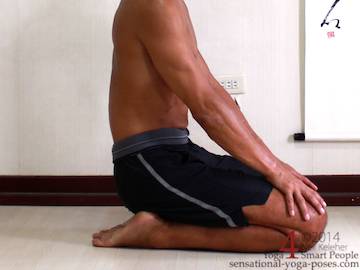
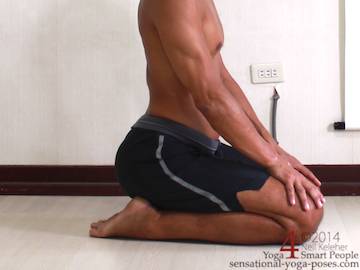
Beginner Yoga poses isolated action:
Bending lumbar and thoracic spine backwards and forwards (initiated by lifting and then lowering the sacrum)
The seated position is to help isolate the spine from the legs. And the instruction focuses awareness on the tailbone. Then I have them expand awareness to include the lumbar spine and then the thoracic spine and then the front of the chest so that the link between thoracic spine and chest is introduced.
From there I could have them sit up and then isolate, as much as possible the thoracic spine. Rather than deliberately lifting and lowering the sacrum the focus is on the thoracic spine and ribcage. The tailbone and pelvis can move but they aren't the primary focus. The ribcage and thoracic spine is the focus instead.
Generally, any isolation exercise I do means being in a position where non-isolated parts are not near the limits of their movement potential. Instead I make the pose as easy as possible so that the student can focus on the part that is ideally being isolated.
As an example, is someone can't lift their sacrum easily while sitting cross legged then I'd suggest they kneel instead. If they can't kneel then the next best modification is to sit in a chair or to try the same exercise while standing, with the knees slightly bent to make the movement easier.
Practicing Spinal Back Bending in the Context of Beginner Yoga Poses
I then have them use the same movement in the context of yoga poses.
As an example, I could have them practicing thoracic back and forward bending while in
- standing side bend,
- half moon,
- triangle and
- side angle. (given in order as shown in the pictures below.
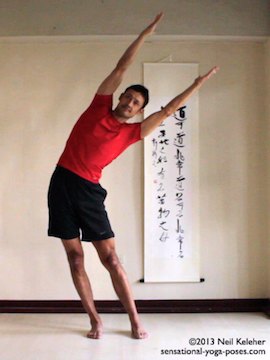
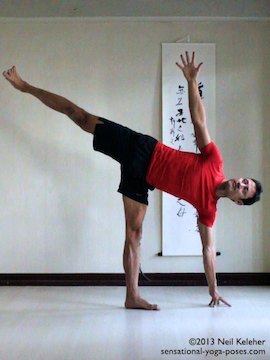
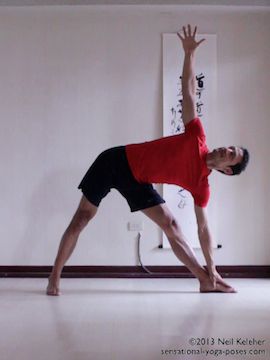
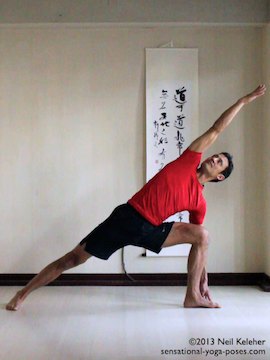
Some Beginner Yoga Poses:
1. Standing Side Bend 2. Half Moon 3. triangle yoga pose 4. Side Angle Pose
This isn't to say that this movement is ideal in all of these poses, however, the student then drills the awareness and control in to their consciousness (or into their brain if you prefer.) Having practice thoracic back bending and forward bending in a variety of contexts/yoga poses they might then be able to choose to bend the thoracic spine backwards or forwards in the context of other poses.
Incidentally, bending the ribcage back and forwards in half moon makes it very difficult to stay balanced.
However, it's also a good chance to practice moving slowly and smoothly since slowly bending the ribcage backwards and forwards will make it easier to stay balanced.
(This is as opposed to bending backwards and forwards quickly or with a lack of smoothness.)
In my own experience, the awareness and control developed from moving slowly carries into movements that are done quickly (and smoothly.)
But as well, once a student has learned how to control their body within their current movement abilities, it may then be easier to move towards expanding their range of movement (their flexibility or range of movement) or their strength or both.
To that end most of the poses that I focus on in a beginners yoga class are basic yoga poses in which it is easy to teach students how to feel and control their body no matter what their level of flexibility or strength.
The Reason for Repeated Movements in Beginner Yoga Poses
And rather than just doing a pose, yoga poses for beginners include repeated movements in and out of the pose or within the pose itself.
The reason for repetition is so that beginners get the chance to experience their body in movements so that they can then carry that experience into holding the poses in reasonable stillness with more intelligence.
An example of this is triangle forward bend. Another technique that I use to teach this pose (and to teach the basics of creating leg stability) is to bend forwards slowly and then stand up slowly.
The hands can touch the ground or the leg or a pair of yoga blocks at the bottom. However, the goal is to do all phases of the movement smoothly.
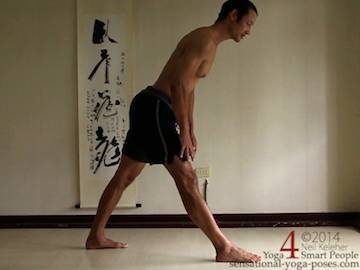
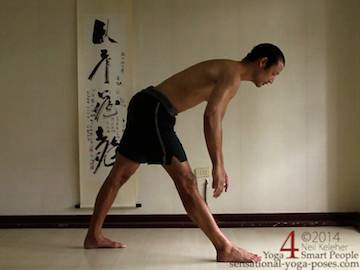
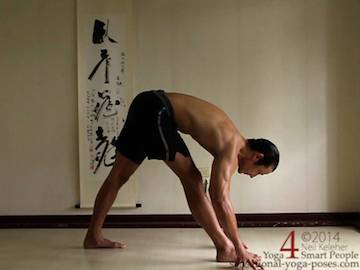
Beginners Yoga Poses Leg stabilization exercise:
Slowly bending forwards and slowly standing up again in triangle forward bend.
Beginner Yoga Poses Routine
Seated spinal back bend
In this pose the basic exercise is to bend the spine backwards and forwards. The first point to focus on is the sacrum. This can be a handy reference for moving the pelvis and may actually help to activate the lower portion of the spinal erector and paraspinalis muscles. From there awareness can be expanded to include the lumbar spine (the part that joints pelvis to ribcage) and then the thoracic spine (the part to which the ribs attach.)
If you pay attention to the area on either side of the spine you may feel areas of tension as you bend backwards. This tension is caused by the spinal erectors activating. This can be used as an indicator so that you know those musles are active and that they are working to bend the spine backwards.
The next area of focus is the ribcage. As you bend the thoracic spine backwards notice the way the fronts of the ribs lift away from the front of the pelvis. The ribs descend when the thoracic spine bends forwards.
All of these actions can be practiced to bring awareness to spine and ribcage and pelvis, but also to mobilze spine and ribcage. To get a better feel for all of these elements and to give them greater mobilty, work at maximizing the upward movement of the chest and the downward movement. Lead with the mind. Continue to think about reaching the front ribs up when bending the spine backwards. Focus on continually bringing the ribs down when you bend the spine forwards.
You could imagine your thoughts as providing the pull on your ribs. If you think that you have gone as far as possible then your thoughts will act to hinder your movement.
As important as the movement themselves are, are the feelings of these movements. Memorize the feeling so that you can find it again in the poses that follow.

